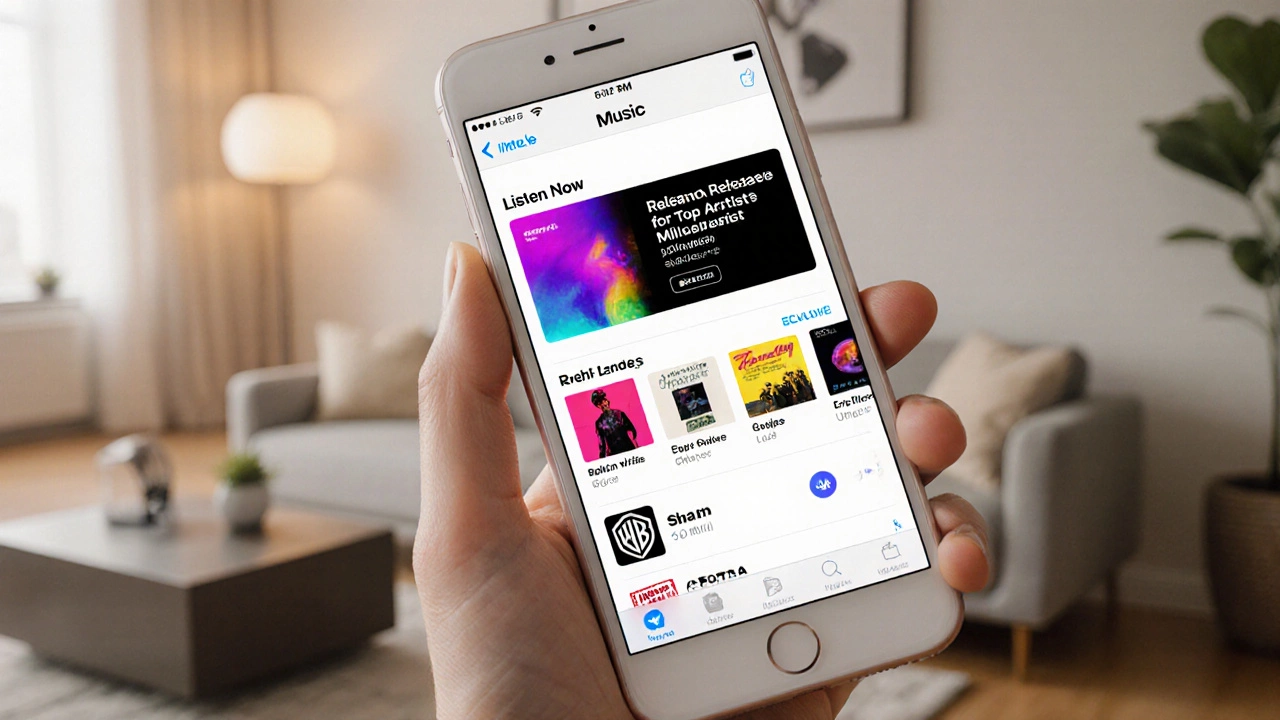Lossless Audio: Pure Sound Explained
When talking about lossless audio, audio that captures the original recording without any data compression loss. Also known as bit-perfect audio, it lets listeners experience music exactly as the artist intended, from the studio to the headphones.
One of the most common ways to deliver lossless audio is the FLAC, Free Lossless Audio Codec, a file format that compresses audio without discarding any information. FLAC is prized because it reduces file size while keeping the audio pristine, making it ideal for both collectors and streaming platforms.
High‑resolution audio takes the concept a step further. High‑resolution audio, recordings with sampling rates and bit depths greater than CD quality (44.1 kHz/16‑bit), gives extra detail that many listeners notice on good speakers or headphones. The difference is like reading a book in full color versus black‑and‑white; the extra data adds depth and realism.
Streaming services that promise lossless sound need enough bitrate, the amount of data transmitted per second, usually measured in kbps, to preserve quality. A typical lossless stream runs at 1,411 kbps for CD‑quality audio, while high‑resolution streams can exceed 2,800 kbps. If the connection can’t handle that, the experience drops to compressed, which defeats the purpose.
Audio equipment plays a crucial role, too. Even the best lossless file sounds flat if you’re using cheap earbuds. Quality DACs (digital‑to‑analog converters), amplifiers, and drivers can reveal the subtle nuances that lossless formats protect. Think of it as a high‑end camera; the lens matters as much as the film.
Why It Matters for Music Lovers
Lossless audio isn’t just a tech buzzword—it directly impacts how we enjoy music. When Spotify announced its “HiFi” tier, the industry saw a shift toward offering lossless audio alongside traditional streaming. The move signals that listeners are willing to pay for fidelity, especially when they can identify the difference in vocal texture, instrument separation, and dynamic range.
Artists also benefit. A track released in a lossless format ensures that every production choice—reverb tails, subtle mic placement, mastering nuances—is preserved for the audience. This authenticity can boost an artist’s reputation and deepen fan loyalty, as listeners feel they’re hearing the music as intended.
For audiophiles, lossless audio is a gateway to exploring different genres more deeply. Classical recordings, for instance, reveal orchestra seating and acoustics when heard in high resolution. Jazz fans pick up on improvisational details that get lost in compressed files. Even pop songs gain clarity in the vocal breath work and background harmonies.
From a market perspective, the rise of lossless has spurred new business models. Subscription services now tier their offerings, hardware manufacturers embed FLAC support in players, and vinyl sales see a resurgence as people seek tangible, high‑quality experiences. The ecosystem is expanding, giving creators and consumers more choices.
Tech-wise, the trend pushes the industry toward better codecs. Besides FLAC, formats like ALAC (Apple Lossless) and newer MPEG‑H Audio are competing to balance file size and fidelity. This competition drives innovation, leading to more efficient streaming and storage solutions.
Understanding lossless audio also helps you make smarter buying decisions. When you see a product labeled “lossless,” check the supported formats, the maximum bitrate, and whether the device’s DAC meets the required specs. That way you avoid paying extra for a feature you can’t actually use.
Finally, lossless audio influences how we curate playlists. Curators now consider audio quality alongside mood and genre. A well‑crafted playlist that flows from a mellow acoustic track to an intense rock anthem can sound more cohesive when each song retains its full dynamic range.
Below, you’ll find articles that dive into everything from the technical side of codecs to the cultural impact of streaming a lossless hit song. Whether you’re a beginner curious about FLAC, a musician looking to release tracks in high‑resolution, or a seasoned audiophile hunting the perfect DAC, the collection offers practical tips, real‑world examples, and up‑to‑date trends.
Ready to explore the world of pure sound? Scroll down to discover how lossless audio reshapes listening habits, the best tools to enjoy it, and why it matters more than ever in today’s music landscape.
